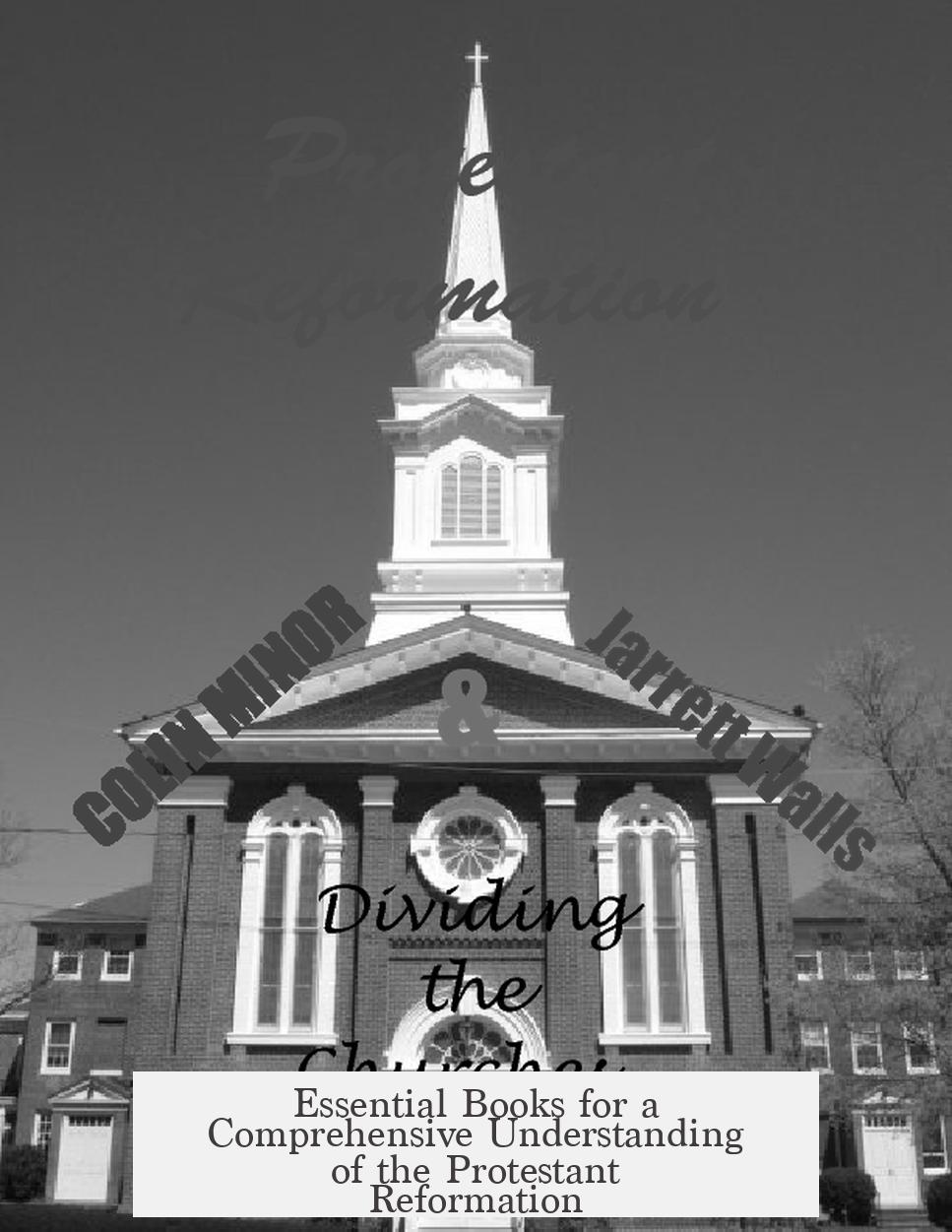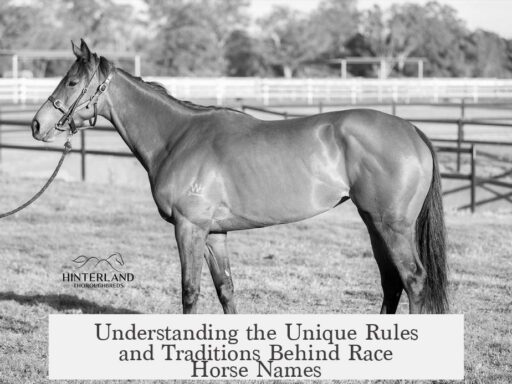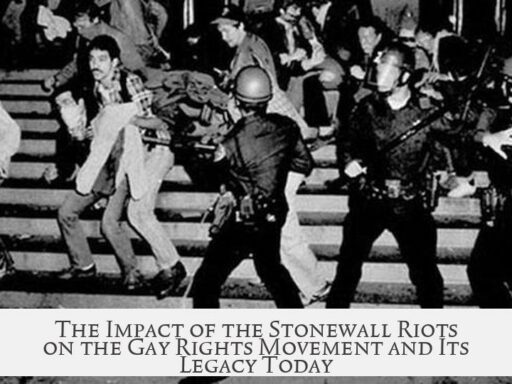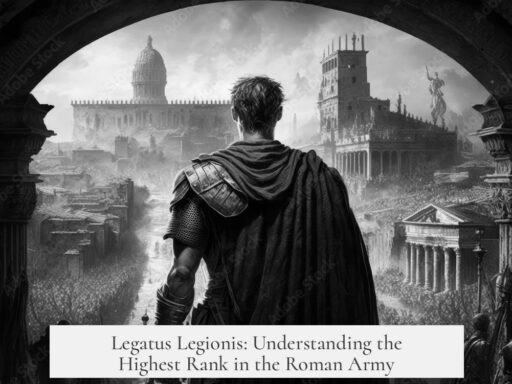To gain a thorough overview of the Protestant Reformation, several key books offer comprehensive insights from various perspectives, covering theological, social, and political dimensions.
For a broad, detailed narrative, Diarmid McCullough’s work remains a prime choice. Although lengthy, it provides an extensive account of the Reformation’s complexities. This book serves as a solid foundation, offering readers a broad timeline and context.
Understanding the diversity within Protestantism benefits from studying Calvinism’s social role. Philip Benedict’s Christ’s Churches Purely Reformed (Yale University Press, 2004) explores Calvinism from a social history perspective. It highlights how Calvinist communities shaped religious reform and society.
Religious conflict and acceptance processes represent another vital angle. Benjamin Kaplan’s Divided by Faith (Harvard University Press, 2007) examines conflicts and the evolution of toleration in early modern Europe. This approach clarifies how tension and coexistence shaped Reformation outcomes.
Meanwhile, the Catholic Reformation, often less emphasized, is crucial for a full picture. The book The World of Catholic Renewal, 1540-1770 by R. Po-Chia Hsia (Cambridge University Press, 2005) dives into Catholic reform movements. It illustrates the Catholic response and renewal alongside Protestant reforms.
The Reformation’s human impact also extends to those uprooted by religious turmoil. Nicholas Terpstra’s Religious Refugees in the Early Modern World (Cambridge University Press, 2015) offers a fresh look focusing on displaced individuals, expanding the conventional narrative.
Radical reform movements feature distinct challenges and ideas. G.H. Williams describes these in The Radical Reformation (3rd Edition, 1992), detailing groups outside mainstream Protestantism, revealing the era’s ideological diversity.
For a survey integrating all these threads, Carter Lindberg’s The European Reformations is valuable. It sheds light on the interplay between Protestant and Catholic reforms and their medieval roots. Although minor historiographical nuances exist, the book consolidates different reformations into a cohesive framework.
Lastly, curated reading lists like the AskHistorians Book List provide further curated recommendations, enriching the study of the Reformation.
- McCullough’s book is comprehensive but long
- Benedict focuses on Calvinism’s social history
- Kaplan examines religious conflict and tolerance
- Hsia covers Catholic reform movements
- Terpstra highlights religious refugees’ experiences
- Williams treats radical reform groups
- Lindberg connects multiple reformations and traditions
- AskHistorians lists offer broad, quality reading suggestions
What Books Should I Read to Get a Thorough Overview of the Protestant Reformation?
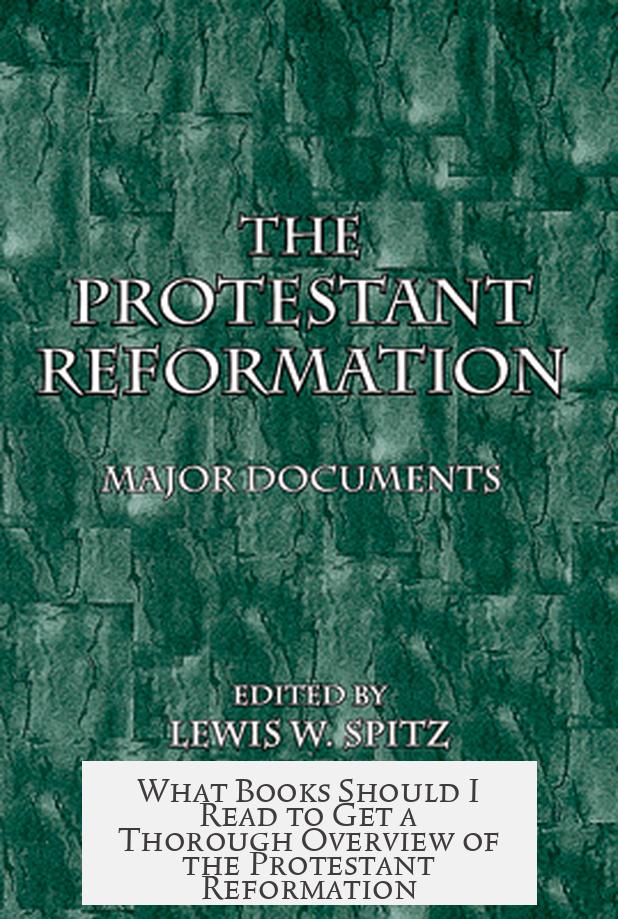
Looking to dive deep into the Protestant Reformation? Start with Diarmid McCullough’s book. It’s comprehensive and thorough, though it’s quite the marathon to get through. This tome is often crowned as the go-to guide for anyone wanting a solid, detailed overview. Fair warning: bring a comfy chair and some determination. But if you’re ready for a deep dive, it’s worth every page.
But before your eyes glaze over with the thought of one long book, there’s good news: the landscape of Reformation literature is rich and varied. You can tailor your journey depending on which angles interest you most—the social shifts, the religious conflicts, the radical fringe, or even the Catholic response.
So, what’s the smartest way to navigate this intellectual feast? Here’s a carefully curated reading list that covers all those bases, complete with reasons why each book deserves a spot on your shelf.
General Overview: The Starting Point
Diarmid McCullough’s work stands tall as an excellent general overview. His book manages to capture the sweeping changes, the monumental personalities, and the theological upheavals that defined the Reformation era. Despite the length, readers appreciate its clarity and scope.
Next, check out the AskHistorians Book List. It’s a treasure trove, curated by history buffs who specialize in exactly these epochs. Their recommendations provide a well-rounded foundation, balancing main narratives and lesser-known perspectives.
Zooming In: Specific Themes Worth Exploring
Are you curious about how Calvinism shaped society? Then Philip Benedict’s Christ’s Churches Purely Reformed: A Social History of Calvinism is the choice for you. It zooms in on Calvinism’s unique social dynamics and its impact during the Reformation. You’ll get to see the movement not just as theology, but as lived experience affecting communities.
If religious conflict and the question of toleration during this turbulent time fascinate you, Benjamin Kaplan’s Divided by Faith: Religious Conflict and the Practice of Toleration in Early Modern Europe offers razor-sharp insight. It explores how, even amidst deep division, communities found ways to negotiate coexistence—a lesson we might appreciate today.
Understanding the Other Side: The Catholic Reformation
The Reformation wasn’t just Protestant—Catholics also embarked on internal renewal. R. Po-Chia Hsia’s The World of Catholic Renewal, 1540-1770 broadens your view to include Catholic reform movements. It’s a must-read for anyone wanting the full picture. Remember: Reformation history isn’t a simple “us vs. them” story.
Underappreciated Perspectives: Refugees and Radicals
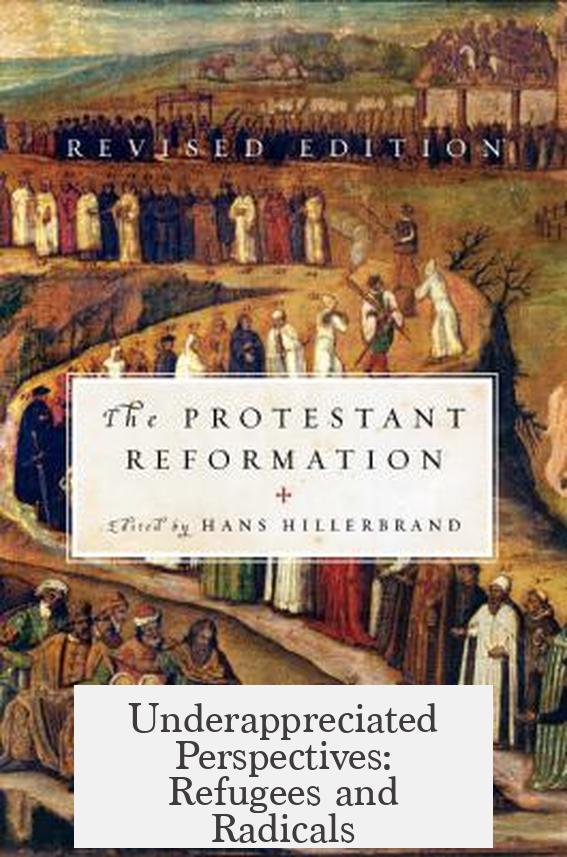
Most famous Reformation histories spotlight major players like Luther or Calvin, but what about religious refugees who fled persecution and helped spread ideas? Nicholas Terpstra’s Religious Refugees in the Early Modern World: An Alternative History of the Reformation shines a light on this often-overlooked but crucial group.
And for those who can’t resist the wild side of this story, G.H. Williams’ The Radical Reformation tracks the fringe movements that pushed boundaries even further than mainstream reformers. It’s an eye-opener into the more revolutionary elements of the era.
The Big Picture: Multiple Movements and Interactions
Recent historians talk about a series of ‘reformations,’ rather than a single movement. Understanding the interconnectedness of the Catholic and various Protestant reforms adds new depth.
For a masterclass on how these multiple strands fit together, Carter Lindberg’s The European Reformations is an excellent pick. It covers interactions, influences from the late medieval period, and even has a tidy chapter on the Catholic Counter-Reformation. A slight heads-up: some niche theological debates Lindberg discusses have minor interpretative issues, but that doesn’t diminish the book’s overall value.
Practical Tips for Your Reading Journey
- Start with a general overview like McCullough’s book or Lindberg’s The European Reformations. This builds your foundational timeline and introduces key players.
- Pick specialized books based on your interests. Whether it’s the social impact of Calvinism or the role of refugees, choose a book with a clear focus.
- Don’t overlook Catholic reform. Many readers initially sideline this, but understanding it enriches your knowledge.
- Use online resources like the AskHistorians Wiki for supplemental reading and diverse viewpoints. They often recommend accessible works for newcomers and in-depth studies for seasoned readers.
- Take notes! These books have a lot of information. Jot down key dates, personalities, and themes to keep your grasp clear.
Why Should You Care About These Books?
Because the Protestant Reformation doesn’t just belong to dusty history classes. It changed the world. Religion, politics, society, economics—all felt the shockwaves. Today’s cultural and religious diversity owes much to that upheaval. By reading widely, you connect with the roots and the realities of those changes.
Plus, reading these books transforms your view from simple stories of Luther nailing a thesis to understanding complex social movements, theological debates, and real human experiences. You become not only better informed but also more empathetic with history’s twists and turns.
Have You Read Any of These Books?
Feel free to share your take. Which book made the Reformation come alive for you? Did one surprise you with a fresh perspective? History’s a conversation—let’s keep it lively!
In conclusion, if you want to get a thorough overview of the Protestant Reformation, the path is clear. Start with Diarmid McCullough for a broad, detailed foundation. Supplement with focused reads on Calvinism, religious conflict, Catholic renewal, refugees, and radical movements. Tie it all together with Lindberg’s analysis of the interconnected “reformations.” And consult the AskHistorians resources for diverse and trusted recommendations.
By following this reading roadmap, you’ll emerge not just with facts but with a rich, multi-dimensional understanding of one of history’s most transformative eras.

